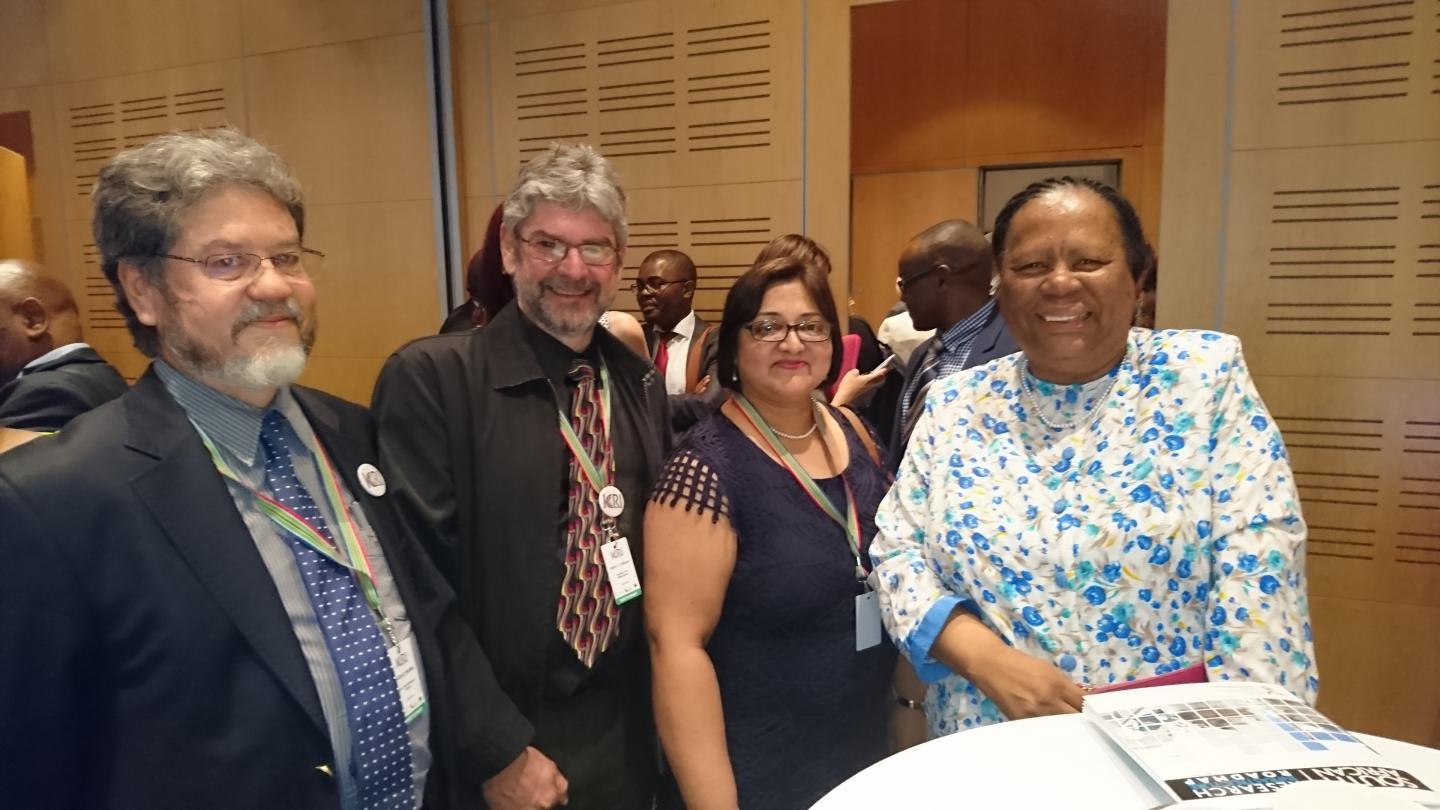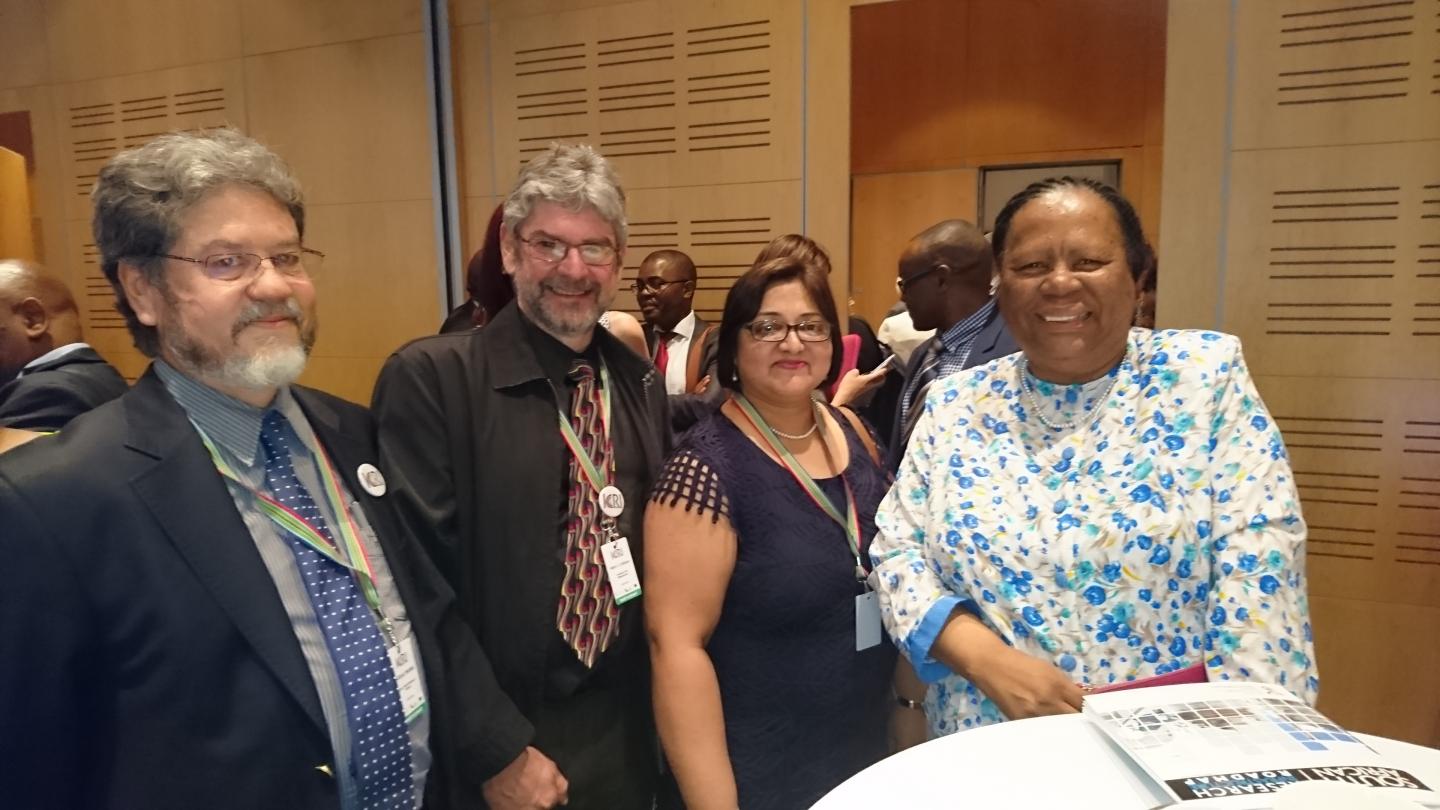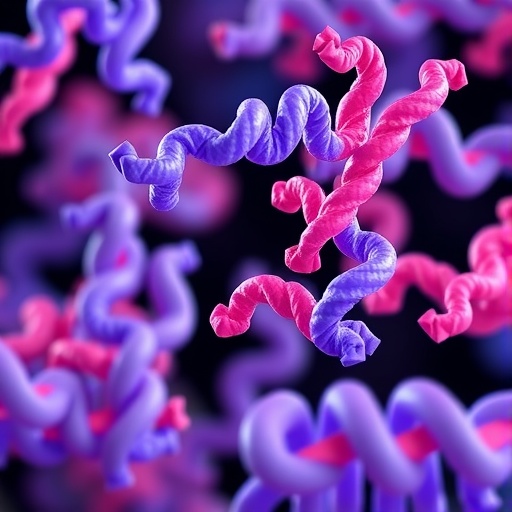
Credit: Wits University
Scientists from the Wits School of Public Health, the Africa Health Research Institute (AHRI) in Kwa-Zulu Natal and the University of Limpopo have established a network of surveillance sites to study health and demographics in rural communities and thereby understand the impact of poverty, inequality and unemployment.
This network of Health and Demographic Surveillance System (HDSS) sites is an integrated national platform for population data collection and analysis. It is one of 13 projects that make up the South African Research Infrastructure Roadmap (SARIR) funded by Department of Science and Technology and the European Union. Research infrastructures (RIs) are large scale facilities, resources and related services that the scientific community uses to conduct research.
Dr Mark Collinson, Senior Researcher in the MRC/Wits University Rural Public Health and Health Transitions Research Unit (Agincourt), and HDSS champion, says: "Establishing this research infrastructure is an important step towards understanding how poverty, inequality and unemployment impact South Africans' lives and how to design better interventions to remedy the situation for an improved future."
The surveillance sites will enable real-time longitudinal studies of South Africa's fast-changing poorer communities and national datasets on health, education, employment and socio-economic well-being. This evidence-based data will inform cost evaluations and policy towards improving health and well-being interventions for the poor.
Furthermore, the surveillance sites will serve as interdisciplinary research platforms for local and international collaboration. This will increase capacity for conducting research in the social sciences crucially needed in South Africa.
The project will begin by integrating and standardising three existing surveillance sites in South Africa: MRC/Wits Agincourt HDSS in Bushbuckridge, Mpumalanga, established in 1992 (current population 115,000); University of Limpopo Dikgale HDSS in Dikgale, Limpopo, established in 1996 (current population 35,000); and AHRI's Population Intervention Platform in uMkhanyakude, KwaZulu-Natal, established in 2000 (population 100,000).
Another network of surveillance site nodes will be added to include Gauteng (urban), eThekwini (urban), Eastern Cape (rural) and Western Cape (urban). This expanded platform, representing over 1% of the national population (55,6 million) will enable unprecedented understanding of emerging populations as well as of the bi-directional migration flows that link poor, rural communities with urban centres.
Dr Kobus Herbst, AHRI Deputy Director and HDSS champion says: "From our perspective, ill health is a cause [of people returning to rural homes]. If one can study the dynamic between rural and urban populations and better understand the impact of ill health and lack of access to services, and its relationship to inequality and poverty, we will be better able to measure the impact of government policies and intervene to address these issues."
###
Media Contact
Lisa Rautenbach
[email protected]
27-117-172-771
@Wits_News
http://www.wits.ac.za





